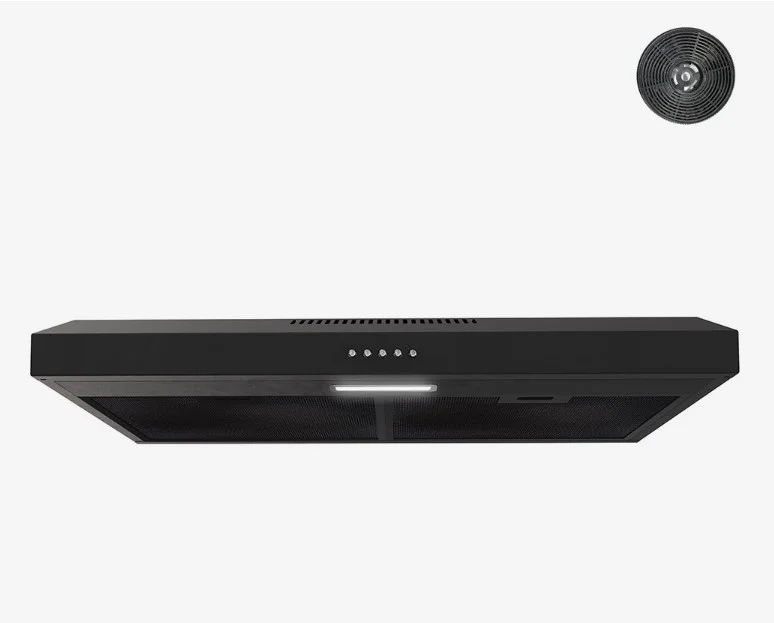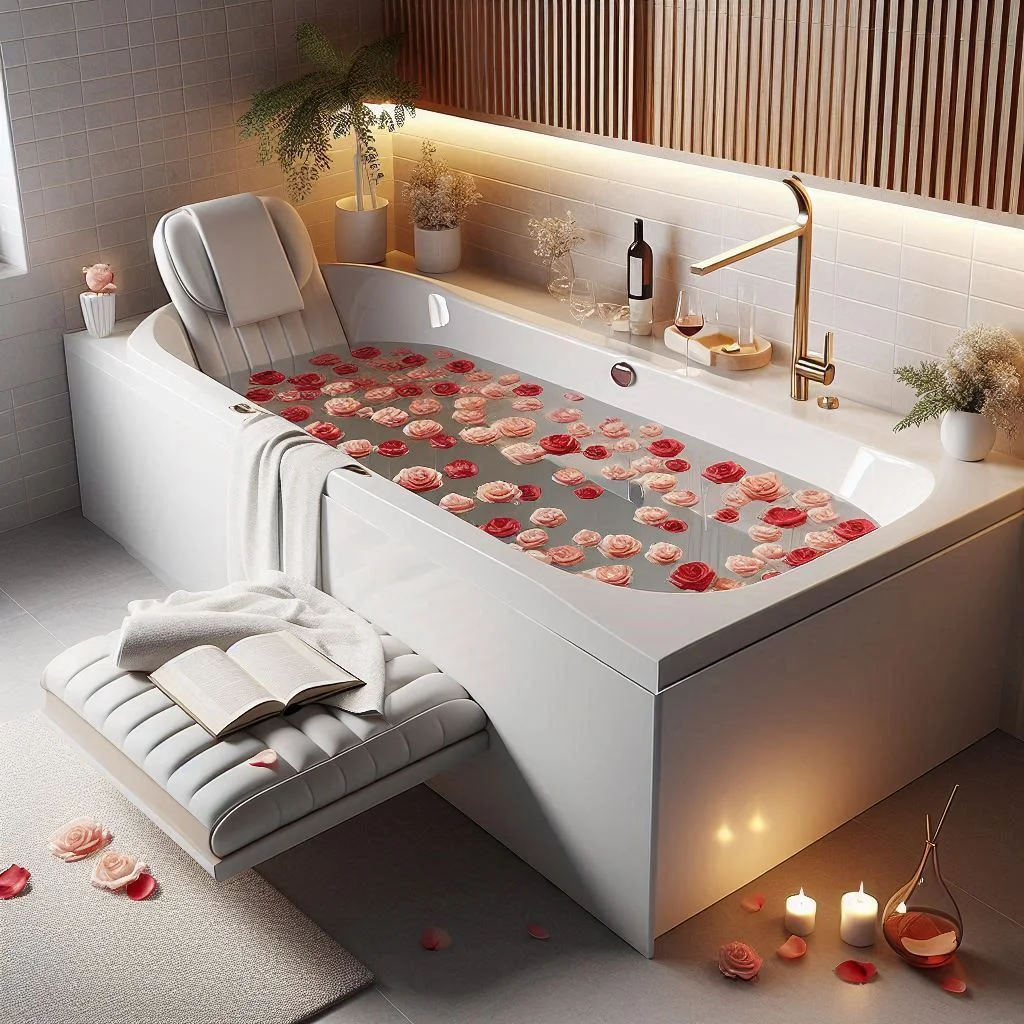Most Comfortable Freestanding Bath Shape
Selecting the perfect freestanding bath shape for your bathroom is a decision that combines aesthetics with comfort. The shape of your bathtub not only impacts the overall look of your space but also plays a crucial role in determining your bathing experience. This comprehensive guide will explore various freestanding bath shapes, their unique features, and how to choose the most comfortable option for your needs.
1. Understanding Freestanding Bath Shapes
Freestanding baths come in a variety of shapes, each offering distinct advantages in terms of comfort and style:
1.1 Oval Freestanding Baths
Oval baths are a popular choice due to their classic elegance and ergonomic design. They typically offer:
- Generous bathing space
- Comfortable sloped ends for reclining
- A timeless aesthetic that suits various bathroom styles
1.2 Rectangular Freestanding Baths
Rectangular baths provide a modern, sleek look and are known for:
- Maximizing bathing space
- Clean lines that complement contemporary bathrooms
- Often featuring double-ended designs for versatile use
1.3 Slipper Freestanding Baths
Slipper baths are characterized by their raised end, offering:
- Excellent back support for extended soaking
- A luxurious, vintage-inspired appearance
- Compact options for smaller bathrooms
1.4 Round Freestanding Baths
Round baths create a striking focal point and provide:
- A unique, spa-like bathing experience
- Ample space for stretching out
- A bold design statement in larger bathrooms
2. Factors Influencing Comfort in Freestanding Baths
When assessing the comfort of different bath shapes, consider the following factors:
2.1 Ergonomics and Body Support
The shape of the bath should complement the natural curves of your body. Look for:
- Gently sloped sides for comfortable reclining
- Adequate lumbar support
- Sufficient depth for full-body immersion
2.2 Size and Proportions
The ideal bath size depends on your physical dimensions and available space:
- Length: Ensure the bath can accommodate your height comfortably
- Width: Consider whether you prefer a snug fit or room to move
- Depth: Deep enough for full immersion, but not so deep that it’s difficult to enter or exit
2.3 Material and Heat Retention
The material of your bath affects both comfort and practicality:
- Acrylic: Lightweight, warm to the touch, and retains heat well
- Stone: Excellent heat retention but may feel cold initially
- Cast iron: Superior heat retention but very heavy
For more information on bathtub materials, refer to this guide from Home Depot: Types of Bathtubs.
3. Analyzing Comfort Levels of Different Bath Shapes
3.1 Oval Freestanding Baths
Comfort rating: 9/10
Oval baths often provide the best balance of comfort and versatility. Their elongated shape accommodates most body types, while the curved sides offer excellent support for extended soaking sessions.
3.2 Rectangular Freestanding Baths
Comfort rating: 8/10
Rectangular baths excel in providing ample space for movement and stretching out. Double-ended designs allow for comfortable reclining at either end, making them ideal for couples or those who enjoy changing positions while bathing.
3.3 Slipper Freestanding Baths
Comfort rating: 8.5/10
Slipper baths offer exceptional back support, making them perfect for those who prioritize relaxation and reading in the bath. However, their asymmetrical design may limit comfortable positions for some users.
3.4 Round Freestanding Baths
Comfort rating: 7.5/10
While round baths provide a unique bathing experience, they may not be the most comfortable for extended periods due to the lack of a designated reclining area. They’re best suited for those who prefer to sit upright or enjoy a more spa-like atmosphere.
4. Choosing the Right Bath Shape for Your Needs
To select the most comfortable freestanding bath shape for your bathroom, consider the following:
- Your primary bathing habits (quick soaks vs. long, luxurious baths)
- Available space in your bathroom
- Your body type and height
- Aesthetic preferences and overall bathroom design
- Budget constraints
For expert advice on bathroom planning, visit the National Kitchen and Bath Association’s guidelines: NKBA Bathroom Planning.
5. Enhancing Comfort in Your Chosen Bath
Regardless of the shape you choose, you can further improve comfort with these additions:
- Non-slip bath mats or textured bottoms for safety
- Ergonomic bath pillows for neck and head support
- Adjustable water temperature controls for a perfect soak
- Built-in or freestanding bath caddies for essentials
Conclusion
While the most comfortable freestanding bath shape can vary based on individual preferences and needs, oval and slipper baths often provide the best balance of comfort and versatility for most users. By carefully considering factors such as ergonomics, size, and material, along with your personal bathing habits and bathroom design, you can select a freestanding bath that offers both luxury and comfort for years to come.
Internal Linking Opportunities:
- “Top 10 Luxury Bathroom Accessories to Complement Your Freestanding Bath”
- “How to Choose the Perfect Faucets for Your Freestanding Tub”
- “Freestanding vs. Built-In Tubs: A Comprehensive Comparison





